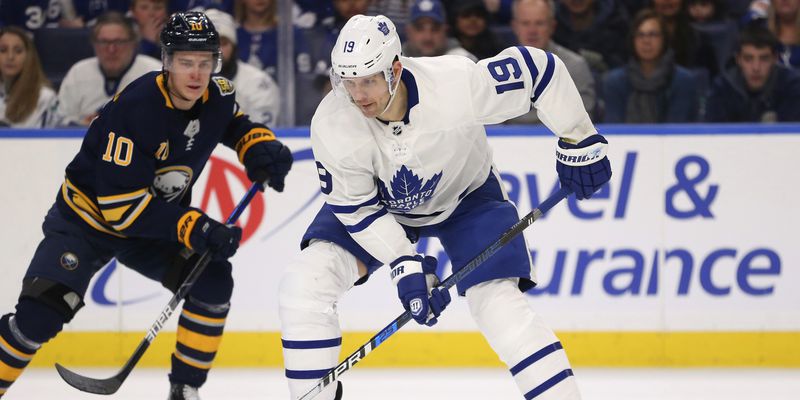Labor issues in the NHL tournament (Part 1)
Posted by editgy667or | On 6 November,2020 | In NHL history, NHL newsThere have been four full-tournament strikes in NHL history, all starting since the 1992 season.
The first strike, launched by the National Hockey League Players’ Association in April 1992, lasted 10 days, but things were settled quickly and va matches were rescheduled.
A lockout at the beginning of the 1994-95 season forced the league to reduce the number of games from 84 to 48, whereby teams would only compete against teams in the same domain (conference). However, a new agreement, called the NHL Collective Bargaining Agreement (CBA / Collective Bargaining Agreement), was established for dialogue activities in 1998 and renewed until September 15, 2004.

Due to the expiration of the deal on September 15, 2004, chief executive Gary Bettman announced that there would be another lockout of the players association and the closure of the NHL headquarters. The tournament promised to establish a provision they call “cost certainty” for all teams, but the Players’ Association argued that the change was nothing more than a front. for the salary cap (salary cap), which in the first place the player association never accepted. The stoppage caused the tournament to be interrupted for 310 days, the longest in sporting history, while NHL became the first professional sports tournament to lose an entire season. In 2005, a new CBA agreement was approved, including a salary cap. The deal is for a six-year term with a CBA agreement extension for one year at the end of the deal, allowing the tournament to resume from the 2005-06 season.
On 5 October 2005, the first season after the course was held with 30 teams. NHL received attendance record during the 2005–06 season: an average of 16,955 spectators per game. The tournament’s television audience was not as high as expected due to the decision to stop playing hockey by American cable station ESPN. A new contract with NBC gives the prize the right to collect a portion of the advertising profits in each game.
